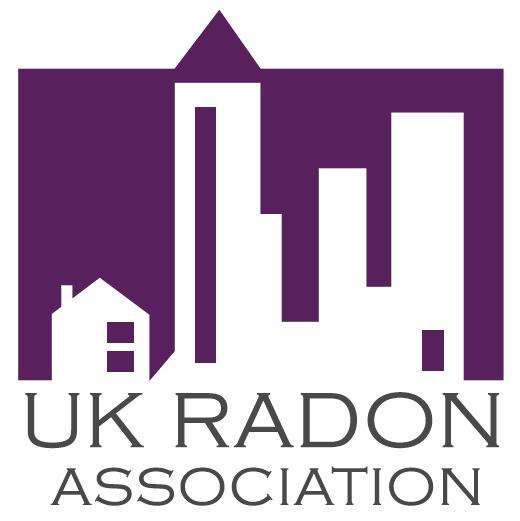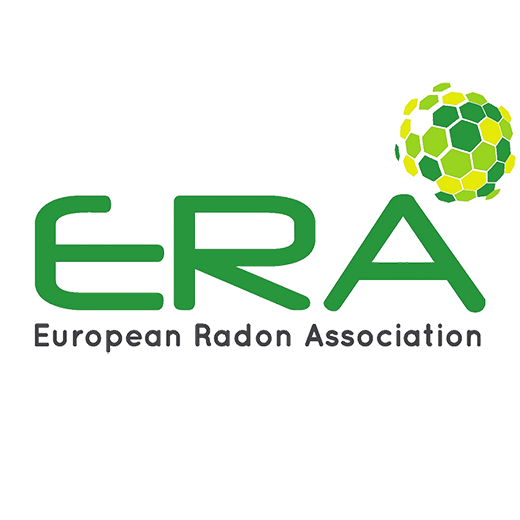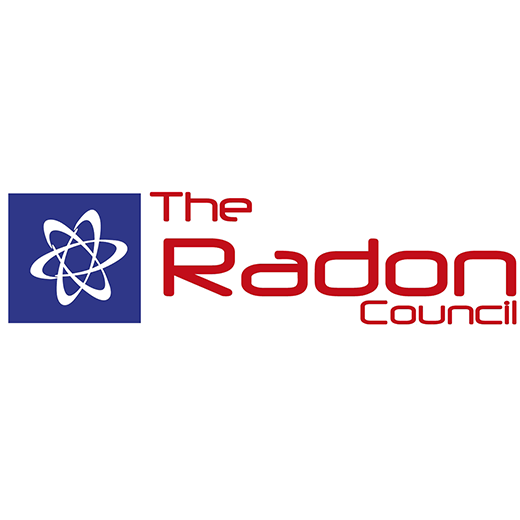Radon is an invisible, odorless gas formed when uranium in bedrock or certain building materials breaks down. Because it can easily seep into indoor environments, radon levels are strongly influenced by how homes and buildings are ventilated. Understanding the link between radon and ventilation is therefore essential to preventing health risks and ensuring safe indoor air quality, whether in private homes, apartment buildings, or workplaces.
Why is radon a problem?
In many countries, radon is the single largest source of natural ionizing radiation exposure to the public, with most exposure occurring indoors. Long-term exposure significantly increases the risk of lung cancer, making radon the second leading cause after smoking. Since the gas has no smell or color, ventilation, together with reliable measurement, is often the deciding factor in whether radon levels remain safe or reach harmful concentrations.
“Ventilation is often the single most important factor in regulating indoor radon levels,” explains Karl Nilsson, CEO of Radonova Laboratories.
How does ventilation affect radon levels?
The purpose of ventilation is to remove pollutants and bring in fresh air. With radon, this means reducing concentrations through dilution and air exchange. However, the relationship is complex: changes to ventilation can lower or increase radon levels depending on how the system is designed.
- Insufficient air exchange allows radon from soil or building materials to accumulate indoors.
- Excessive negative pressure can draw in more radon from the ground through cracks and leaks (although a slight negative pressure is generally desirable).
- Balanced ventilation with proper airflow provides the best conditions for keeping radon levels stable and below reference thresholds.
In single-family homes
In detached houses, radon typically enters from the ground beneath the house, although some materials, such as aerated concrete, can also contribute. Ventilation plays a critical role. Houses with natural draft or poorly functioning mechanical ventilation often face elevated radon levels, particularly in basements and ground floors. By contrast, modern systems with controlled supply and exhaust air can significantly reduce concentrations.
For homeowners, it is recommended to measure radon levels both before and after making major changes to ventilation. This ensures that the intended effect is achieved, or highlights if additional measures are needed, such as sealing foundations or installing a radon sump.
In apartment buildings
In multi-unit housing, radon levels can vary greatly from one apartment to another. Differences are often due to building design and how ventilation systems function across floors. As a result, some apartments may have significantly higher levels while others remain below reference thresholds.
Property owners and housing associations therefore need to measure radon in a sufficient number of units and repeat testing after improvements such as new windows or additional insulation, since these changes can unintentionally increase radon levels.
In workplaces and public buildings
Workplaces, schools, and public facilities are subject to mandatory radon monitoring. Ventilation systems here are often more complex, with controls that adjust airflow depending on operating hours or occupancy. This brings both opportunities and risks: well-calibrated systems can keep radon levels low, but if control settings don’t account for radon, concentrations may rise when the system runs in energy-saving mode or becomes unbalanced.
In such cases, electronic short-term measurements can be carried out to separate radon levels during working hours from those outside. The corrected annual average can then replace the standard value for that measurement point. If the corrected level is below the reference threshold, no further action is needed.
“With the right sensors, ventilation can automatically adjust to actual radon levels. This not only helps property owners and employers meet their responsibilities for safe indoor environments, but also supports energy efficiency,” adds Karl Nilsson of Radonova.
Key takeaways
Managing the relationship between radon and ventilation comes down to a few fundamental principles:
- Always measure first – Without measurement, it’s impossible to know how ventilation is affecting radon levels.
- Take a holistic view – Effective mitigation often requires both ventilation adjustments and building-related measures.
- Make careful adjustments – Overcorrecting airflow can backfire and even damage the building.
- Use modern technology – Radon sensors and smart controls enable both safety and energy efficiency.
- Follow up in workplaces – Ongoing monitoring demonstrates that radon levels remain low during working hours, helping to avoid unnecessary costs.







